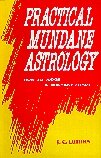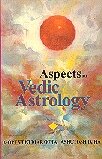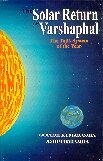
|
The Astrology Center of America, 207 Victory Lane, Bel Air, MD 21014 Tel: 410-638-7761; Toll-free (orders only): 800-475-2272 |
||||||
|---|---|---|---|---|---|---|
| Vedic TITLE Index | Vedic AUTHOR Index | Vedic PAGES Index | Vedic SEARCH Engine | Astrology Home | E-Mail: | |
 |
Vedic Astrology:Authors names beginning with L, M, N, O |
Authors included on this page: Rattan Lal, Visti Larsen, J.C. Luthera, Dinesh S. Mathur, Satyanarayana Naik, Gopesh Kumar Ojha & Ashutosh Ojha.

|
||

|
||
 |
||

|
||

|
||

|
||

|
||
 |
||
 |
||

|
||

The Astrology Center of America
207 Victory Lane, Bel Air, MD 21014
Tel: 410-638-7761; Toll-free (orders only): 800-475-2272
| Vedic TITLE Index | Vedic AUTHOR Index | Vedic PAGES Index | Vedic SEARCH Engine | Astrology Home | E-Mail: |
|---|